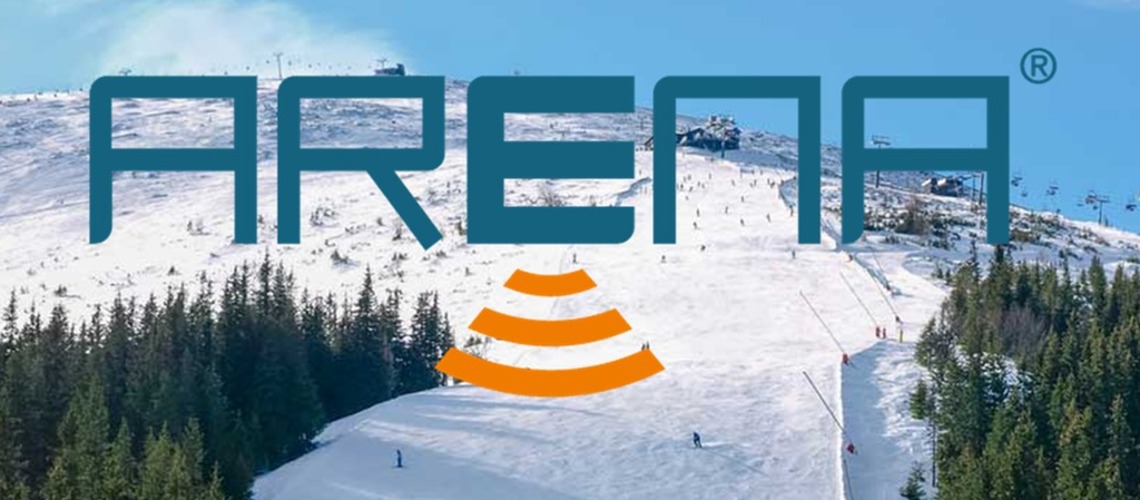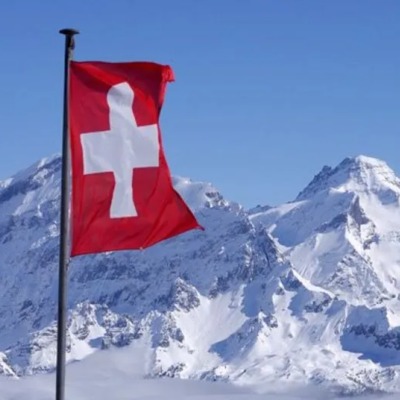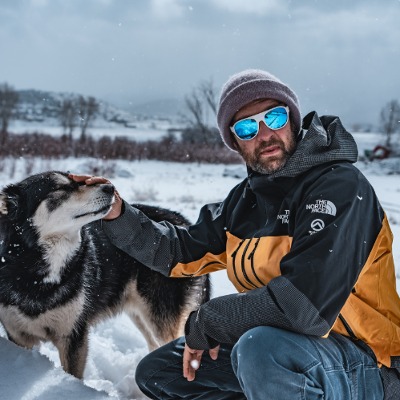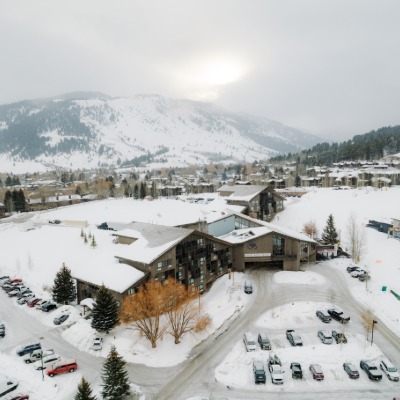ARENA Discusses Summer Slope Optimization

When the winter season is over, the skis or snowboards are usually put away. For ski resorts, however, the work is far from over. Successful slope management is a year-round job. ARENA gives tips on what measures can be taken during the snow-free period.
Perfect slopes don't fall from the sky. They are the result of a long work process that begins long before the first snow. Ski resorts can take many measures in the summer to improve slope work in the winter. There are numerous options for this, from creating an up-to-date terrain model to in-depth data analysis and strategic decisions derived from this to corrections in the terrain. This not only saves natural and financial resources in the winter, but also improves the experience on the slopes.
Create terrain model
The summer is ideally used to create a comprehensive terrain model of the slopes. The slopes are "scanned" using a drone and the terrain data is visually processed. The resulting 3D image contains not only the pure terrain data but also location and usage information about the snowmaking or lift infrastructure. All essential data about the ski area can be accessed at a glance.
A constantly updated terrain model is essential for measuring snow depth. The survey data from the snow-free terrain serves as the basis for the snow depth measurement. In winter, this measures the current height including the snow cover. The difference to the measurement in summer then gives the actual snow depth. The more accurate the terrain model, the more precise the snow depth measurement in winter.
draw conclusions
Data-based piste management continuously collects and analyses a large amount of data during daily operations. Depending on the system used, information on snow depth, the consumption of piste machines or the amount of water and electricity used is constantly recorded. If this data is professionally processed, key figures can be calculated from it. This makes the results comparable.
Summer is a particularly good time to draw the right conclusions from the data and key figures obtained, which will allow objective decisions to be made in winter. Long-term data series are particularly informative. It is therefore advisable to include data from several consecutive seasons in the analyses. The more data is included, the more precise and effective the decisions derived from it will be.
Position of snow guns
Based on the findings, the position of individual snow guns can also be evaluated. Particularly inefficient locations, such as those on steep terrain, should be avoided or improved. The energy used for the pump system that supplies the snow guns with water should also be questioned.
The snow-free period is ideal for changing the position of the snow guns. This should be based on a comprehensive data analysis of the locations in question. This can be used to define the optimal positions for the snow guns and save further resources next winter.
Terrain corrections
An optimal terrain structure has an extremely positive effect on the consumption of resources in artificial snowmaking. If the ground is uneven, rocky or even covered with tree stumps, enormous amounts of snow are needed in winter to compensate for these irregularities.
But even inconspicuous "snow eaters" such as hollows or other depressions need to be filled with artificial snow in winter. It is much more cost-effective to fill these uneven areas with soil in summer. The ideal surface is a flat area with grass. Often only 20 to 30 cm of cover is needed for ideal piste conditions.
However, every change in the terrain, no matter how small, requires an update of your terrain model. If the snow depth measurement in winter works with an outdated or faulty subsurface model, it becomes unusable for the relevant sections.
Creating storage ponds
To ensure that the water supply is secure throughout the ski area in winter, it is worth considering having your own storage ponds. This will avoid a shortage of drinking and industrial water in tourist areas and, in extreme cases, no additional water will have to be purchased.
The size of a storage pond is determined by the available water supply and the amount of water required for artificial snowmaking. Storage ponds at the highest possible altitudes also optimize the costs for pumping systems.
In addition to the potentially usable water quantity, attention should also be paid to the water quality. A high sand content in the water, for example, damages the pipes and leads to high maintenance or repair costs in the long term.
Defusing accident hot spots
Accidents on the slopes can never be 100% avoided. However, a lot can be done to reduce the risk of accidents as much as possible. Hot spots with an increased number of accidents can be easily and efficiently identified, for example, through digital monitoring of the slope rescue service.
If certain circumstances lead to an increase in accidents on the slopes, mitigating measures are advisable. Wider slopes, buffer zones or safety nets can be specifically designed and placed. Dangerous objects near the slopes, such as concrete bases or parts of buildings, should also be removed or secured where possible.
Year-round business
Slope optimization is not always associated with analyses or structural measures. A corresponding summer offer increases annual sales in the long term. Year-round business is already becoming increasingly important in many ski areas and should be an option for all tourism regions.
It is therefore worth considering how the existing infrastructure can be put to good use during the summer months or in the early and late seasons. Bike trails and themed hikes are very popular here and are largely dependent on the lifts operating in the summer. This can give an additional boost to sales even without snow.
After the season is before the season
A lot can be done in the summer to ensure perfect slopes in winter! An up-to-date terrain model, extensive data analyses or corrections in the terrain not only save natural and financial resources, they also improve the slope experience. With appropriate precautions, safety on the slopes is also improved and customer satisfaction and loyalty are increased. Switching to year-round operation can also be useful in many cases and provide additional cash flow.













